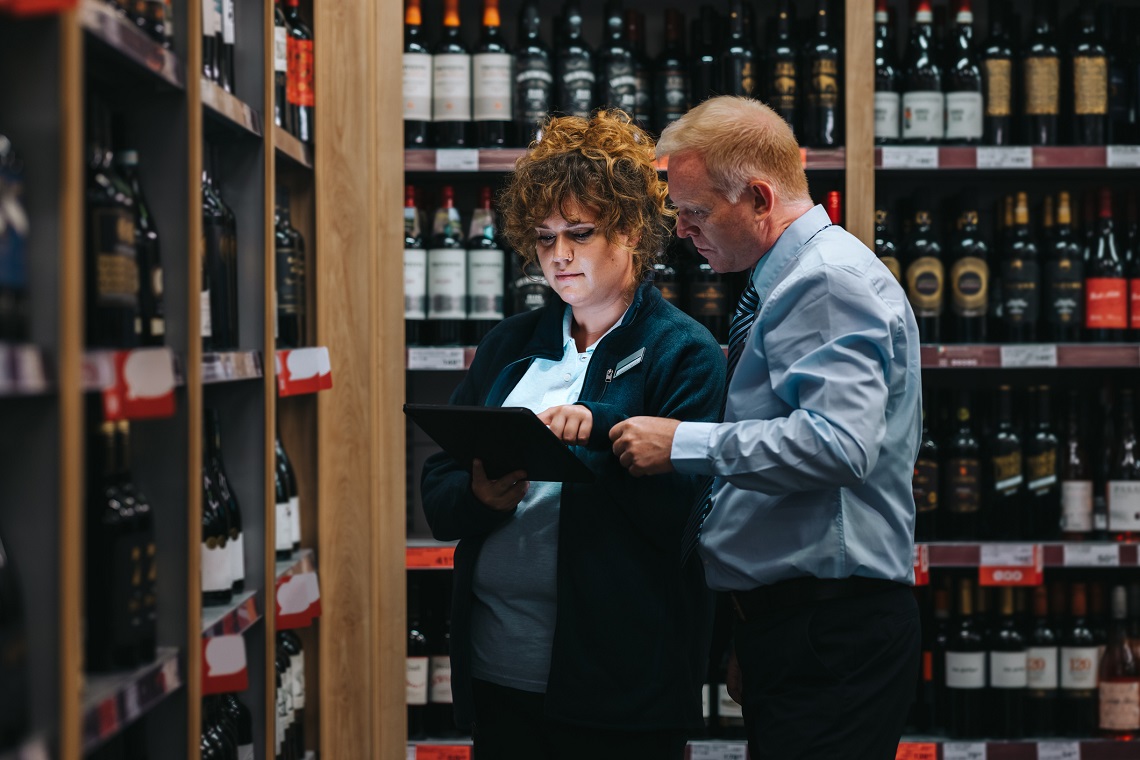Article written by Stephen Wilson, Category and Insights Manager at Strikeforce.
Never was a truer phrase spoken than ‘everything is temporary.’
This particularly applies to the world of fast-moving consumer goods. We often talk about aligning with prevailing trends and tailoring our retail offering to maximise the opportunity presented.
The definition of the word trend describes “a general direction in which something is developing or changing”.
Liquor categories by their very nature are fluid and evolve at varying rates driven by macro trends, like a holistic approach to better health and wellbeing, or a sharper focus from individuals on how their consumption impacts their surroundings, rejecting excessive consumption to reduce wastage which results in a smaller environmental footprint.
We need look no further than the GABS top 100 hottest beer brands for 2021 as an example of how changes to categories can occur. In the top 10 SKUs, just two products maintained the same position, three ranked lower, two ranked more than five positions higher and there was a debut product included in the top 10 ranked beers compared to the previous year’s survey.
Demand for the debut beer SKU is driven by the trend of a holistic approach to better health and wellbeing, underpinned by drinkers seeking ‘better for me’ alternatives. The debut SKU is a zero carb, zero sugar beer.
Focusing on just craft beer demonstrates the need to be constantly reviewing range and minimising or eliminating missed opportunity by avoiding a stagnant offering.
Conversely, getting ahead of the curve with a dynamic offering that keeps customers interested and leverages sales, by constantly ‘refreshing’ the category with brands that align with trend changes, will add value and grow sales revenue.
Obviously, this approach applies across the total range and in a practical sense can be as simple as reapportioning existing available space or cutting the range tail and introducing new brands as required.
The key is to understand the share of shelf versus share of sales for existing brands, and estimated share of shelf that should be allocated to any new brand entrants. A category-by-category approach is recommended on a rotational basis to allow range changes and maintenance, rather than tackling the entire store range all at once.
There is a mountain of information available to assist with understanding which trends are driving sales and which have now passed. These are easily accessible through information contained in trade magazines, conversations with company reps, trade contacts and direct from the customer’s mouth.
The rate and frequency of change will only intensify with the passing of time. The challenge is to ensure that the offering to shoppers evolves along with trend change. The reward is a healthier bottom line.
This article originally appeared in the June issue of National Liquor News.

